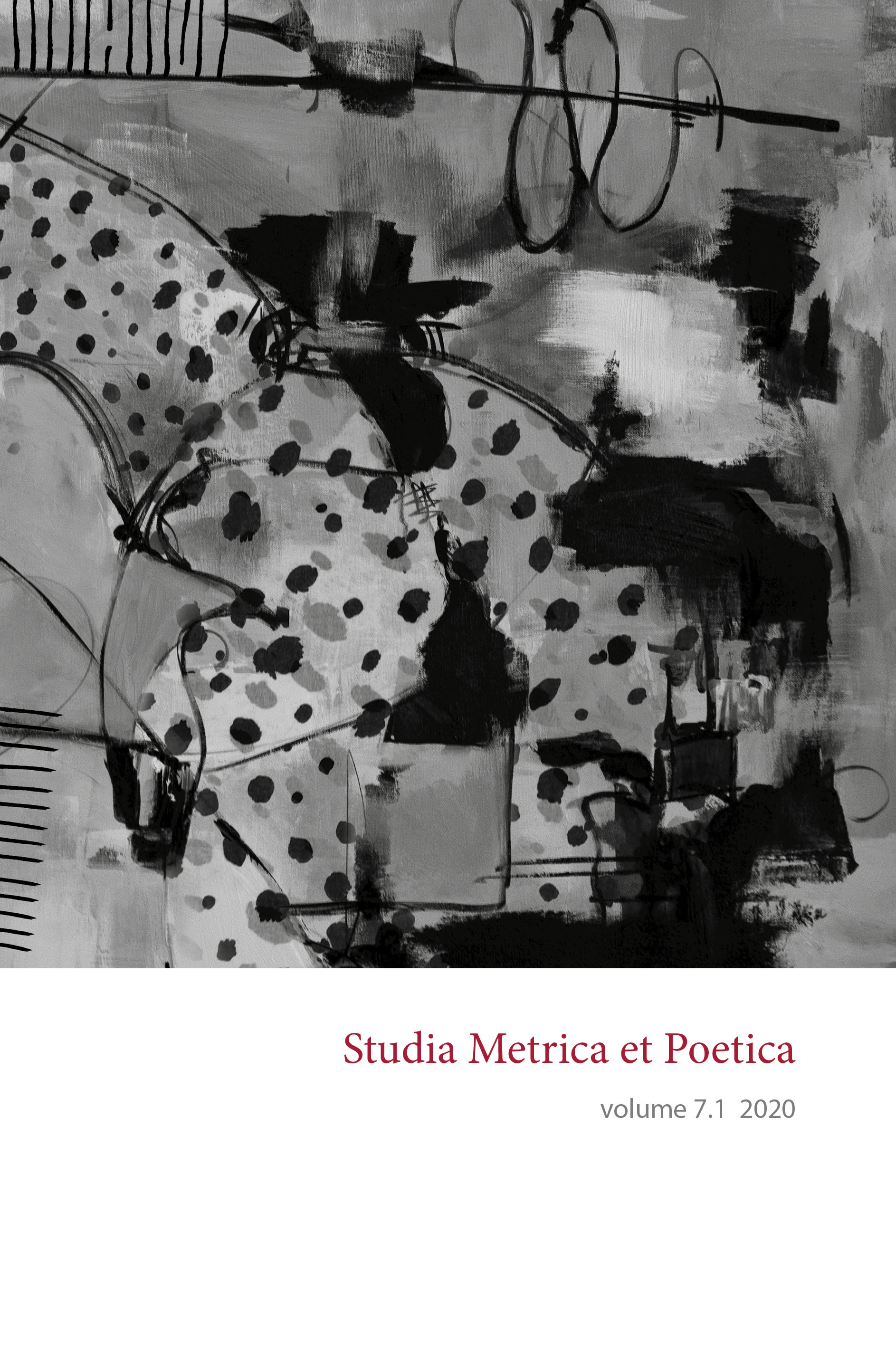Juan de Mena’s arte mayor verse in Laberinto de fortuna: Identifying and describing a Spanish dolnik
DOI:
https://doi.org/10.12697/smp.2020.7.1.03Keywords:
Spanish versification, Juan de Mena, arte mayor, dolnik, maximumAbstract
The metre used by the Spanish writer Juan de Mena in his long allegorical work Laberinto de fortuna has been puzzling metrists for over five centuries. Usually identified as a variety of the verse called arte mayor, this metre has been analysed, among other things, as a divided line – one systematically allowing internal extrametricality – and as an amphibrachic line. Here it will be argued that the arte mayor exemplified by Mena’s Laberinto does not allow internal extrametricality and that it is a dolnik, a syllable-stress form not usually discussed in connection with the Spanish language. At the same time as it introduces the main problems encountered by traditional approaches, this article analyses the constant and necessary characteristics of the metre used in Mena’s composition, advocating the reliance on the notion of the metrical maximum. Next come some comments on other phenomena that are constant in Laberinto but not necessary in other kinds of arte mayor, and on several characteristics displayed by those other kinds but absent from Mena’s work. The Conclusion offers a series of suggestions for further research into the limits of this metre.


